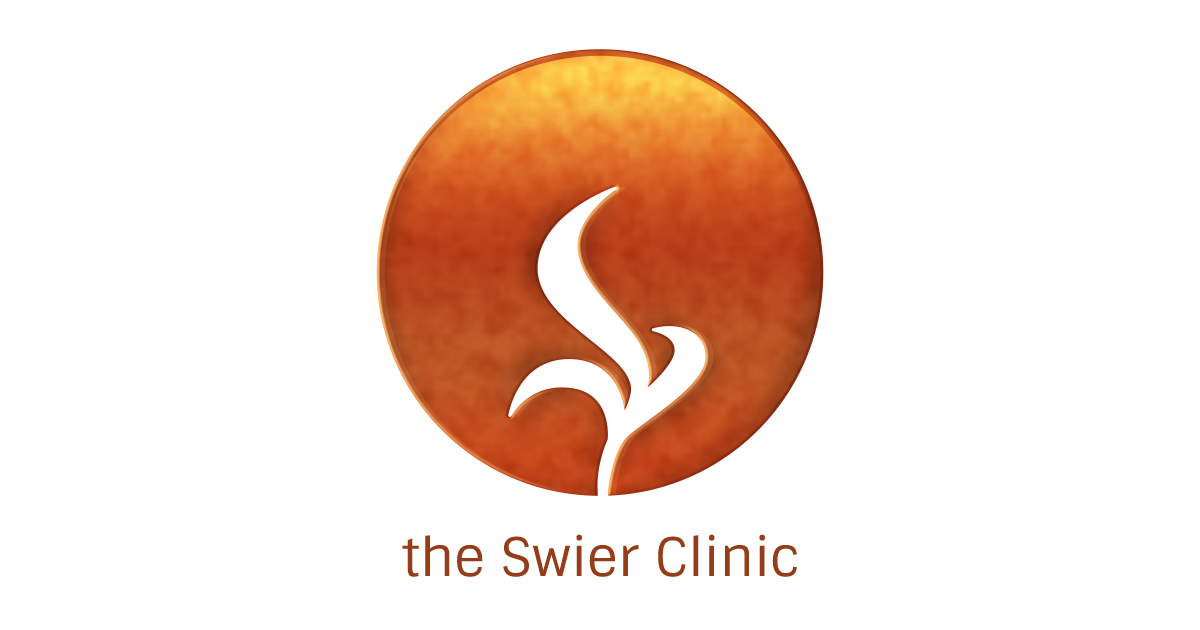Breast reduction, also called reduction mammoplasty, is a procedure that removes excess breast tissue and skin. This procedure can relieve skin irritations under the breasts and help alleviate back, neck or shoulder pain caused by the weight of extremely large breasts. A breast reduction can also create a more proportionate silhouette and even out the size of breasts if one breast is significantly larger than the other. Individuals who feel self-conscience or are restricted by physical activity due to the size of the breasts are encouraged to have a breast reduction, which can give significant relief from physical and emotional discomforts, a new sense of freedom in exercise and give the patient the liberty to wear a greater variety of clothing.
The Procedure
Dr. Patrick Swier will choose the specific method for your breast reduction. The most common method uses a three-part incision. One part of the incision is made around the areola; another is made vertically from the bottom edge of the areola to the crease underneath the breast. The third incision is a horizontal one beneath the breast, which follows the natural curve of the breast crease. Dr. Patrick Swier will determine in each case which incision is best. For some patients, a horizontal incision may not be necessary. In some cases, for men and women whose breasts contain a significant amount of fatty tissue, liposuction alone may be used to reduce breast size.
After excess breast tissue, fat and skin are removed; the areola and nipple are shifted to a higher position and may be reduced in size. Skin that was formerly located above the nipple is brought down and together to reshape the breast. Although the nipple and areola are reshaped to make them more proportionate with the reduced breast size, they usually remain attached to their underlying tissue. This allows for preservation of sensation and the ability to breast-feed in the future (although it is not guaranteed). Liposuction may be used in combination with this procedure to improve contour, especially on the sides of the breasts.
Key Facts
Good Candidates: Adults of any age and gender who are close to the ideal weight for their body type and size. Patients should be moderately fit, have good muscle tone, be a healthy, non-smoker and not have a life-threatening illness or medical condition that would impair healing. It is important to have a positive outlook and realistic goals in mind.
Anesthesia: General anesthesia
Length of procedure: This procedure takes approximately 2-3 hours but times may vary from patient to patient depending on several factors.
Length of stay: Typically the patient will go home same day
Discomfort: Swelling, soreness and bruising can last several weeks and may take up to 3 months to resolve completely. Pain level may be mild to moderate and controlled with pain medications but will vary from patient to patient.
Recovery: The patient will be required to limit physical activity, specifically use of the upper extremities, chest and abdominal area to avoid stressing internal sutures as they heal. It is very important to precisely follow post-op instructions given by Dr. Patrick Swier to ensure proper healing and exceptional results. Patients are typically able to go back to work 1-3 weeks after surgery.
Final result: Improvement can be seen immediately but final results after the healing process can take up to 3 months.
Duration of results: Results will last several years as long as the patient follows all post-op instructions, maintains a healthy lifestyle and pregnancy or substantial weight-gain does not occur.

